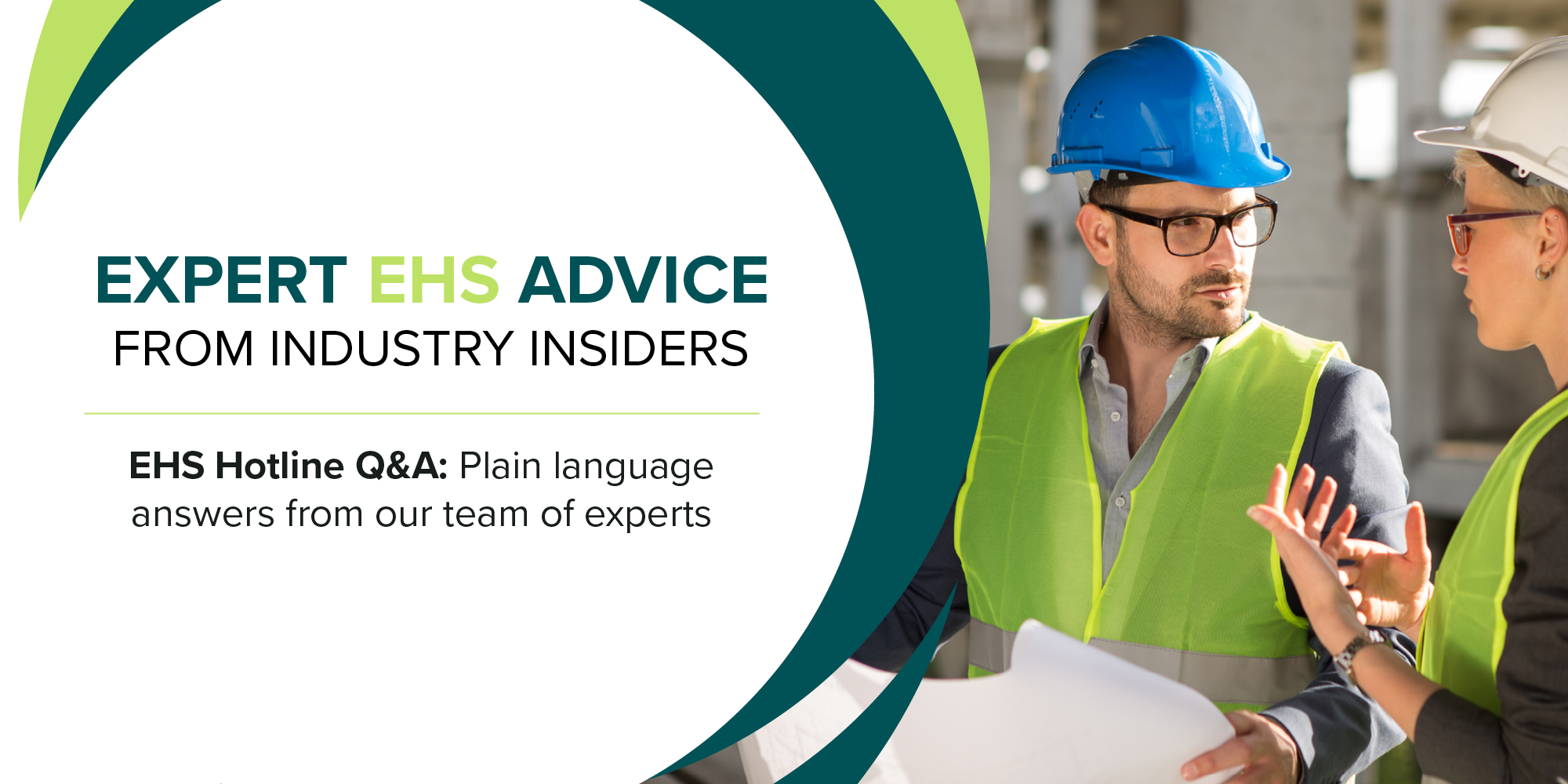
Q&A: Do employees need harnesses and tethers in confined spaces?
Do employees need to wear harnesses while working in confined spaces? Do employees need to have that harness tethered to the rescue apparatus at all times or can they disconnect to complete their work?
The Occupational Safety and Health Administration (OSHA) regulates confined spaces under 29 CFR 1926 Subpart AA – Confined Spaces in Construction and 29 CFR 1910.146 – Permit Required Confined Spaces for companies in the General Industry.
OSHA requires entities to define and establish rescue operations for confined spaces before the entry process, including continuously monitoring the entered space. The regulations and OSHA publication “Protecting Construction Workers in Confined Spaces: Small Entity Compliance Guide” emphasize that an employer’s rescue procedure must provide non-entry rescue using retrieval equipment unless the retrieval equipment increases the overall risk of entry or would not contribute to the rescue of the entrant.
In 29 CFR 1910.146(k)(3) and in 29 CFR 1926.1211(c), OSHA requires “each authorized entrant must use a chest or full body harness, with a retrieval line attached at the center of the entrant’s back near shoulder level, above the entrant’s head, or at another point which the employer can establish presents a profile small enough for the successful removal of the entrant. Wristlets may be used in lieu of the chest or full body harness if the employer can demonstrate that the use of a chest or full body harness is infeasible or creates a greater hazard and that the use of wristlets is the safe and most effective alternative.”
Employers must ensure that all retrieval systems are properly inspected, maintained, and capable of performing an effective rescue. The retrieval line should be connected to a mechanical device or fixed point outside the confined space, allowing for quick retrieval if an emergency occurs.
Confined space safety key takeaways for employers
- Rescue plans must be established before any entry occurs, prioritizing non-entry rescue whenever possible.
- Continuous atmospheric monitoring is essential to detect hazardous conditions that may require immediate evacuation.
- Harness and retrieval systems are mandatory unless they pose a greater risk than they mitigate.
- If non-entry rescue is infeasible, a trained, properly equipped rescue team must be on standby to respond to emergencies.
- All personnel involved in confined space work—including entrants, attendants, and supervisors—must be thoroughly trained in confined space hazards, entry procedures, and emergency response protocols.
What is EHS Hotline?
Subscribers of EHS Hero get access to our team of in-house subject matter experts. EHS Hotline allows subscribers to submit questions and receive timely, thorough, and plain-language answers from our team of experts—complete with resources and references.
The purpose of EHS Hotline is to help connect workplace employment, safety, and environment questions to the material provided by BLR on its subscriber websites. While the service is defined as providing advice, it is assistance to help bridge the gap between the BLR compliance resources and our client’s workplace issues. It is not a legal opinion or replacement for seeking legal counsel.



